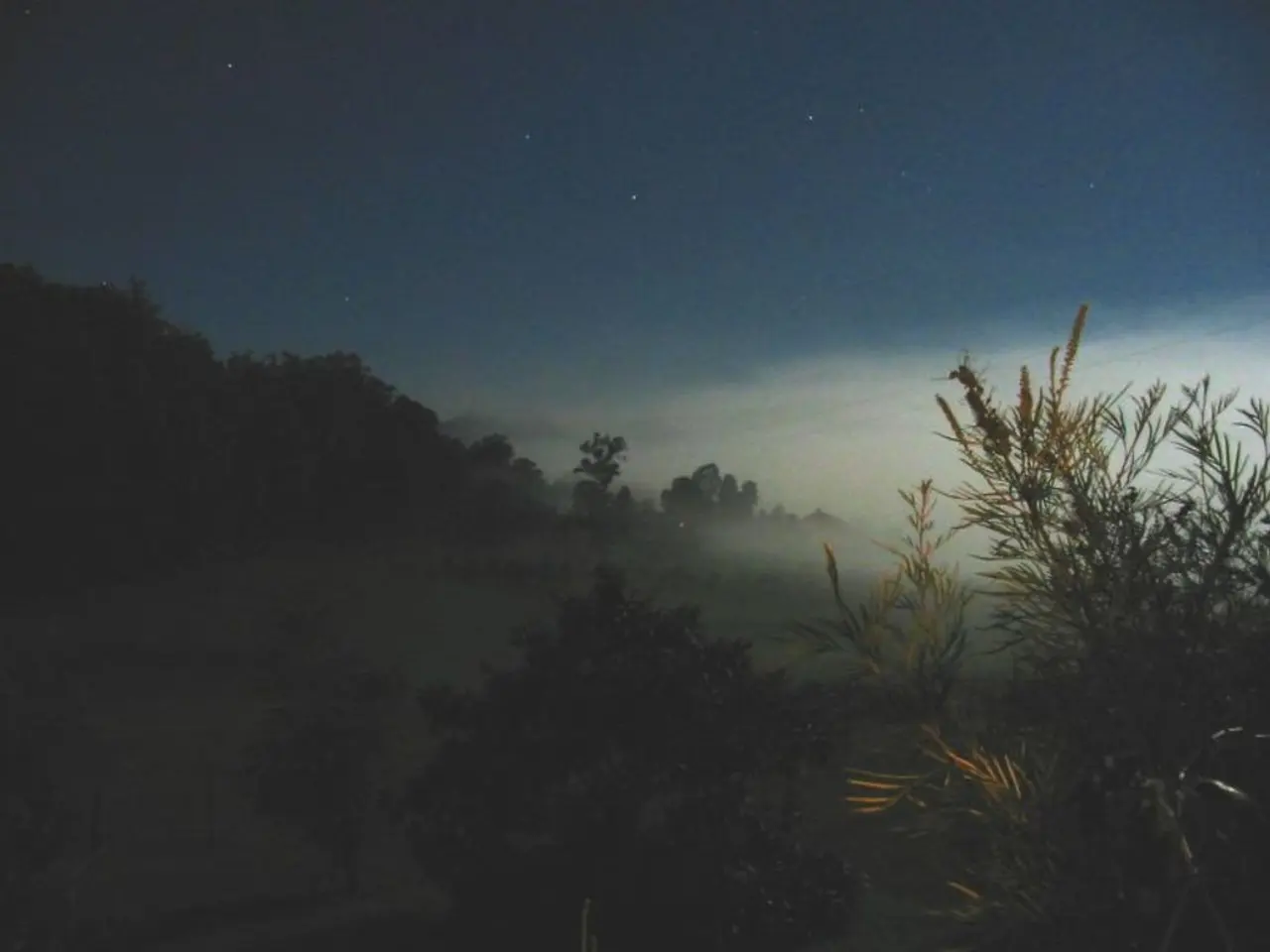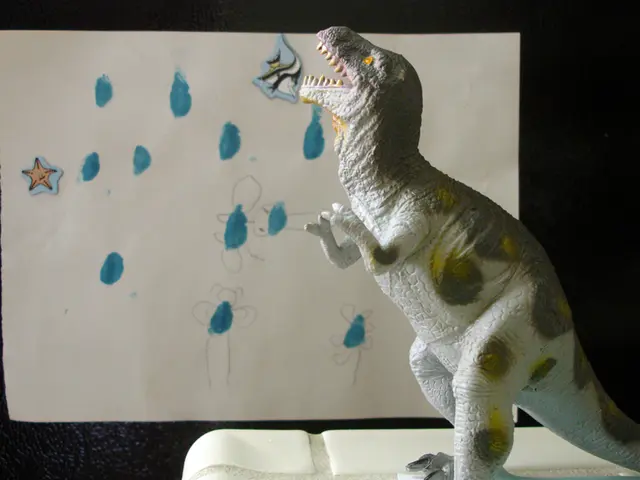Top-notch Astrophotography Applications for Capturing Stunning Night Sky Images
In the realm of astrophotography, planning is everything. From finding the perfect dark sky location to predicting the movement of celestial objects, there are a variety of apps available to help you capture the beauty of the night sky. Here are some of the top recommendations for astrophotography planning apps:
PhotoPills (Android/iOS, paid ~$11)
PhotoPills is widely regarded as the top app for landscape and astrophotography planning. It offers a comprehensive set of tools, including the ability to pinpoint precise shooting locations on maps, visualize light direction for golden hours, moonlight, and Milky Way positions, an exposure calculator including ND filters, depth of field and hyperfocal distance tables, star trail planning, and a night augmented reality feature. Though it has a learning curve, it is highly praised for its detailed shot planning and composition capabilities.
The Photographer’s Ephemeris (TPE) (Android/iOS, paid with 30-day free trial)
Specialised in geodetic and topographical planning, TPE predicts Sun, Moon, and Milky Way positions relative to outdoor landscapes. It helps select the best geographic location, date, and time by showing how natural light interacts with the terrain features you want to include. Additionally, it provides detailed lighting conditions for past, present, and future shoots.
Stellarium and SkySafari (cross-platform, often free or low-cost)
These planetarium apps are popular for planning the framing of sky objects. They help by showing the exact positions of stars, planets, and celestial objects at any given time, aiding shot composition and timing.
For users of the DWARF 3 smart telescope, the accompanying app supports scheduling observations with coordinate input, exposure/shutter settings, and charts showing target altitude over observing periods to ensure optimal shooting windows when targets are above 30° elevation.
For a more advanced, programming-oriented approach, there is also a Python-based planning script (using Astroplan and Astropy libraries) to automate deep sky target scheduling over a year, considering moon phase, target altitude, and location, useful for highly customized astrophotography workflows.
Other useful apps include Star Trails, a processing app that creates images of star trails from multiple exposures of the night sky from your smartphone, Just a Compass for basic compass functionality, NightCap Camera for low-light photography on iPhone, and ISS Detector for notifying you when the International Space Station will be visible.
Heavens Above provides information about satellites and other objects passing over your head on any night, while Skies & Scopes is a publication and community focused on amateur astronomy and astrophotography.
Dark Sky is a weather app for iPhone users to check weather conditions for astrophotography, with a nice design and easy-to-read format. AstroCam is an astrophotography app for Android that allows manual control of smartphone camera settings and takes multiple shots at set intervals for stacking.
Finally, DarkLight is an app for Android that converts your phone's screen to red light to preserve night vision.
With these apps at your disposal, you'll be well-equipped to plan and capture stunning astrophotography shots. Happy stargazing!
- PhotoPills, a top astrophotography planning app, offers precise shooting location pinpointing, light direction visualization, exposure calculator, star trail planning, and a night AR feature, helping photographers capture the beauty of deep sky objects.
- The Photographer’s Ephemeris (TPE) is another recommended app, assisting in geodetic and topographical planning by predicting sun, moon, and Milky Way positions and providing detailed lighting conditions, allowing users to select the best location, date, and time for their shots.
- Stellarium and SkySafari, popular planetarium apps, aid astrophotographers by showing the exact positions of stars, planets, and celestial objects, aiding shot composition and timing.
- DWARF 3 smart telescope users can utilize the accompanying app to schedule observations with coordinate input, exposure/shutter settings, and charts showing target altitude over observing periods for optimal shooting windows.
- For a customized astrophotography workflow, a Python-based script using Astroplan and Astropy libraries can be employed to automate deep sky target scheduling over a year, considering moon phase, target altitude, and location.




